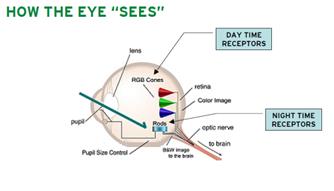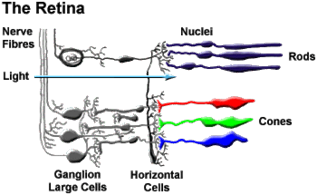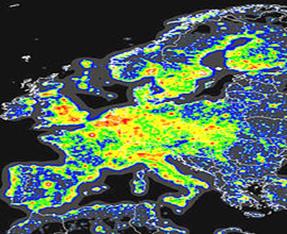Les in association with LEDmetric/Elkays is a passionate promoter of solid state lighting education. When Les initiated his education programs and his methodology of determining light quality, many lighting professionals thought he was too technical. After all, you buy an LED lamp and screw it in the socket. What’s so difficult about that? We all know what a 60 Watt incandescent lamp is, so why can’t we do the same with a 10 Watt LED lamp? As lighting professionals have transitioned from traditional light sources to solid state lighting, Les has increasingly been recognized as one of the “go to LED gurus”.
He has taught workshops for utilities, professional groups, LED manufacturers and distributors in the following subjects.
Why is a single characteristic to describe LED lighting so Illusive.



What do we need to measure, how do we measure them and what background knowledge do we need to interpret the results.









Characteristics of the visible spectrum. The eye as a window to the world. Visual and non-visual stimulation of the human eye. Human centric lighting - how we can use natural and artificial light to improve productivity, mood, sleep patterns and other aspect of the human condition.


Anyone involved in solid state [LED, OLED, ILED and other emerging technologies] lighting needs a skill set which allows them to design and implement optimal lighting systems. Each project is different and one has to consider the objectives of the client, the needs of those subjected to the light, human centric and environmental effects.
All lighting professionals need a solid background to be effective in their fields. Through the chain this involves R&D engineers, manufacturers, quality control personnel, architects, lighting designers, integrators, contractors, utility workers, standards developers, distributors, sales personnel, contractors, inspectors, property developers, end users, and more.
Lumens per watt and cost savings are not the only benefits of solid state lighting. If standards require other parameters, such as CRI or CCT, then devices to verify these need to be an integral part of the lighting professional’s toolbox.


